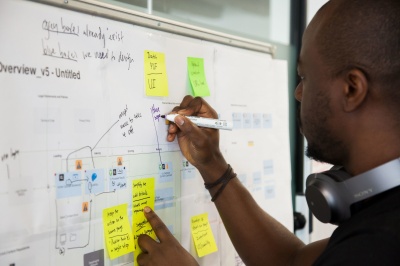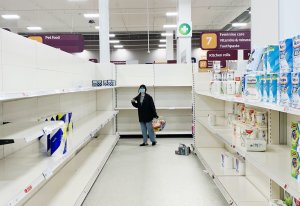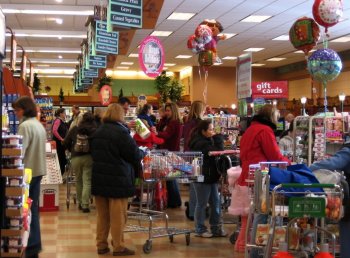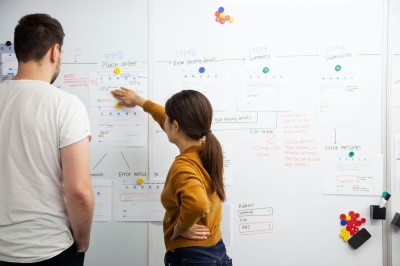
How can behavioural psychology help us to understand people’s pandemic behaviour?

- User Research
Can behavioural psychology help us understand the behaviour we are seeing through the COVID-19 pandemic? Are you struggling to find toilet paper or paracetamol to last you through the crisis? You're not alone. In the past few weeks, stores across the UK have seen how the coronavirus (COVID-19) outbreak has prompted some shoppers to start stockpiling extra goods as they prepare for the possibility of staying home for months. Despite non-official statements from the Department for Environment Food & Rural Affairs that there isn’t a shortage of food, the fear persists. So why are we acting as if there was?
Fear of the unknown?
Emotions play a vital role in our day-to-day decision making. Acting upon our emotions somehow gives us a feeling that we are taking control of a situation that feels out of control. And fear is not a stranger when influencing the attitude of the consumers' minds. Fear itself exists as a self-protection mechanism; it's meant to remove oneself from a potentially dangerous outcome; in other words, reduce or avoid risk; the risk of missing out the physiological needs. Since most of us have not experienced something similar to COVID-19, it makes sense that we want to be overly prepared by stocking up everyday items that we believe it's vital. When consumers do not have personal experiences with a risk, they create their perception by mimicking and anticipating others' actions or making a drastic measurement through what the media is showing us (Kasperson et al, 1988). For that reason, we see that the most common response seen amongst buyers is to grab as many goods as they can find.

Loss Aversion & Scarcity
There's also an element of Loss Aversion and Scarcity here. Loss aversion is thought that the pain of losing is psychologically about twice as powerful as the pleasure of gaining. Since consumers dislike the idea of losing or missing out something in a climactic situation, they are more willing to take risks to avoid a loss. They are more likely to overbuy goods that they don’t need. So consumers piling up 50 packages of spaghetti is not just a free-floating compulsive buying behaviour. But instead, people fear that their decision will turn out to have a severe consequence (e.g. not buying enough toilet paper) (Seiler et al., 2008). As a result, consumers base their purchase decision on fear. Loss aversion then creates a third wave of panic buying behaviour known as scarcity. When a resource is less available (e.g. due to limited quantity), we tend to perceive it as more valuable (Cialdini et al, 2008). Once scarcity manifests itself into the consumer’s mindset, items become more attractive, especially for those who didn't originally panic-buy the goods. Thus producing consumers that grab everything that they can find. Scarcity is often used as a knowledge base to make sense if something is valuable by observing what others are buying. We tend to believe that surrounding people possess more knowledge of a given situation, and therefore that their behaviour is an exemplary model to follow.

What can supermarkets do to prevent stockpiling?
Supermarkets are working around the clock to solve this situation. One current tactic that is being used to scale down the stockpiling is limiting how much food customers can buy. Stores and the government could also consider rationing the number of items a consumer needs by sharing online guidance. This guidance could tell consumers to (a) only buy stuff they know they will eat (b) foods that can be stored over several weeks etc. Another solution is to create an environment that would help consumers not panic-buy, by manipulating the store layout design. This can take the form of creating comfort, setting minimal parameters, or using signs and particular colours, etc. Whatever action retailers take, we should try our best to reduce people's anxiety and fears in this challenging time.
How can we help?
We partner with enterprise brands to help them design their next generation of products, services, and experiences. Design starts with people and we strive to achieve a positive impact, through our human-centred design process.
If you want to find out more about our design services, click the link or get in touch via the form below.
Want more on behavioural psychology and design?


CX Design - Customer Journey Mapping for Innovation
- Customer Experience